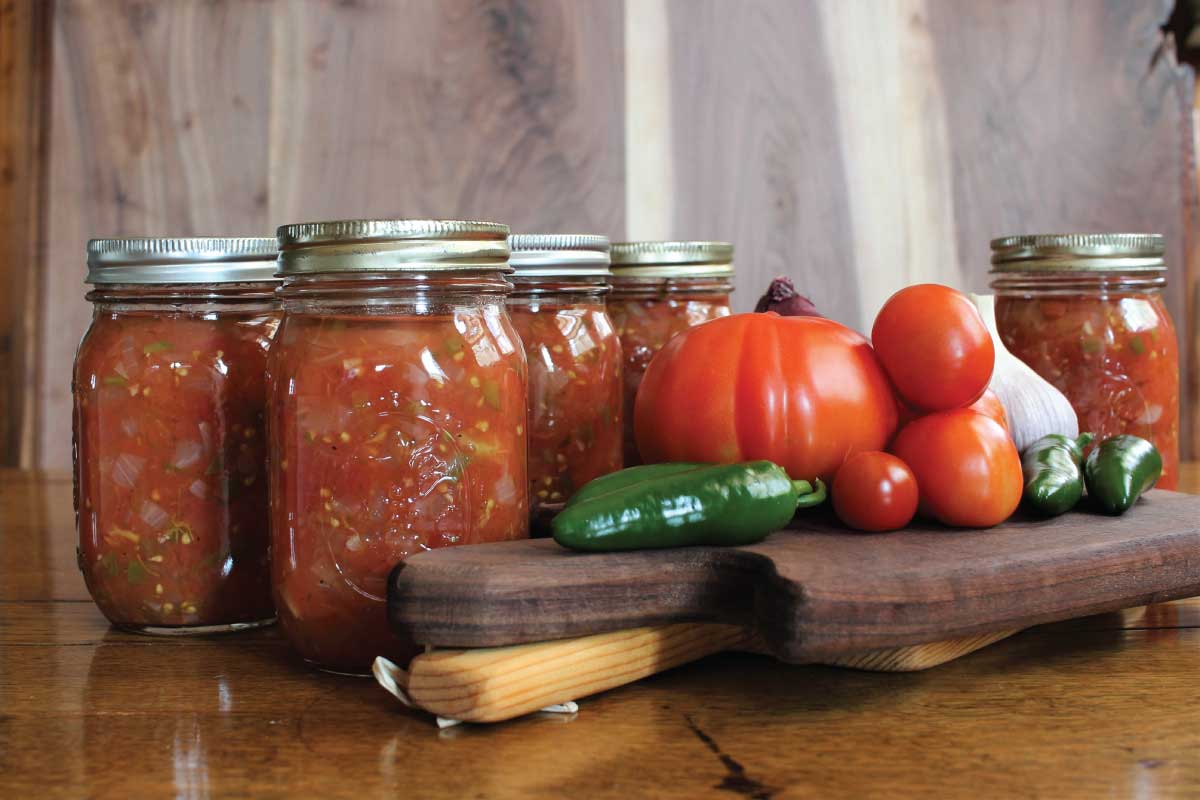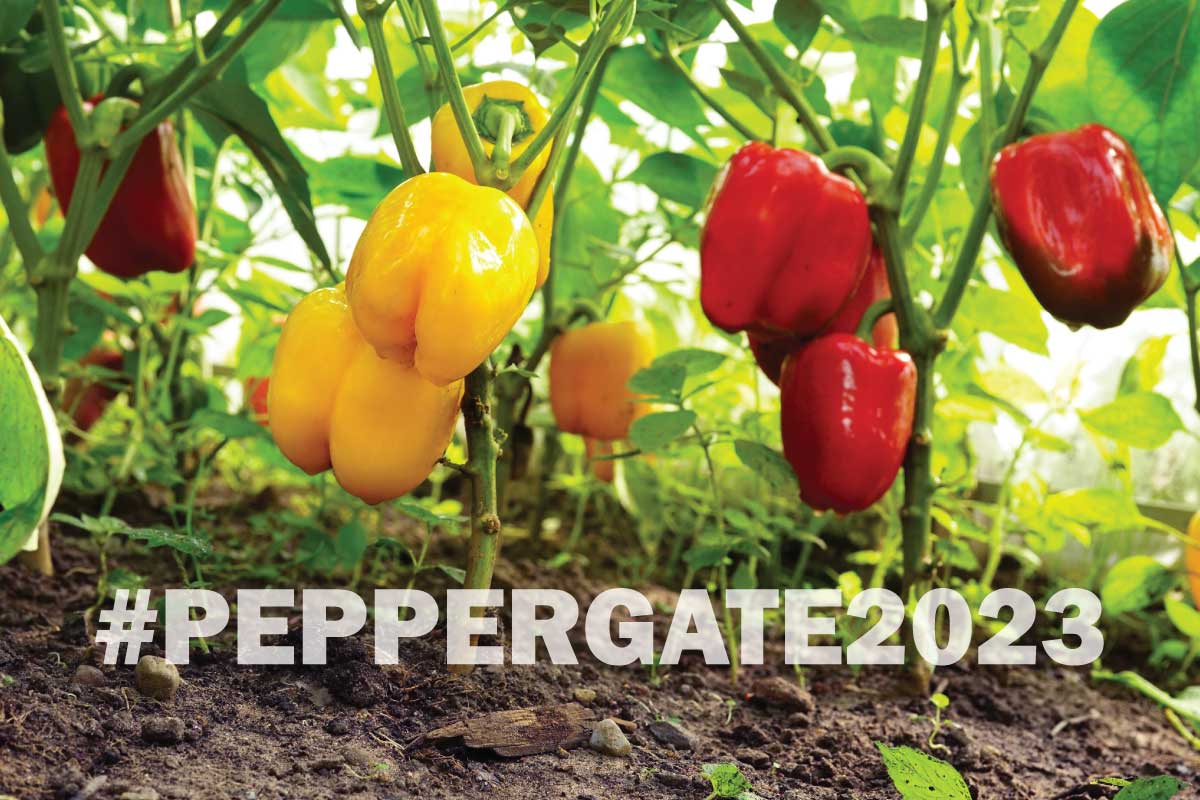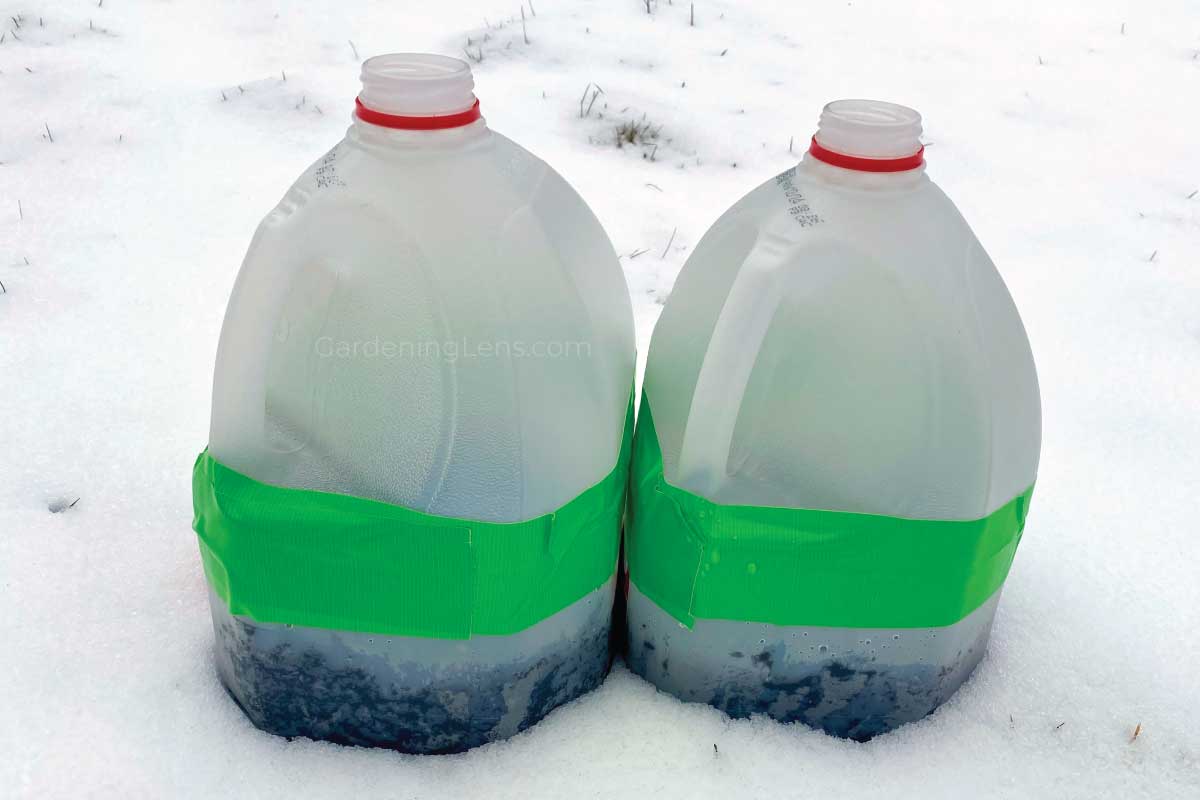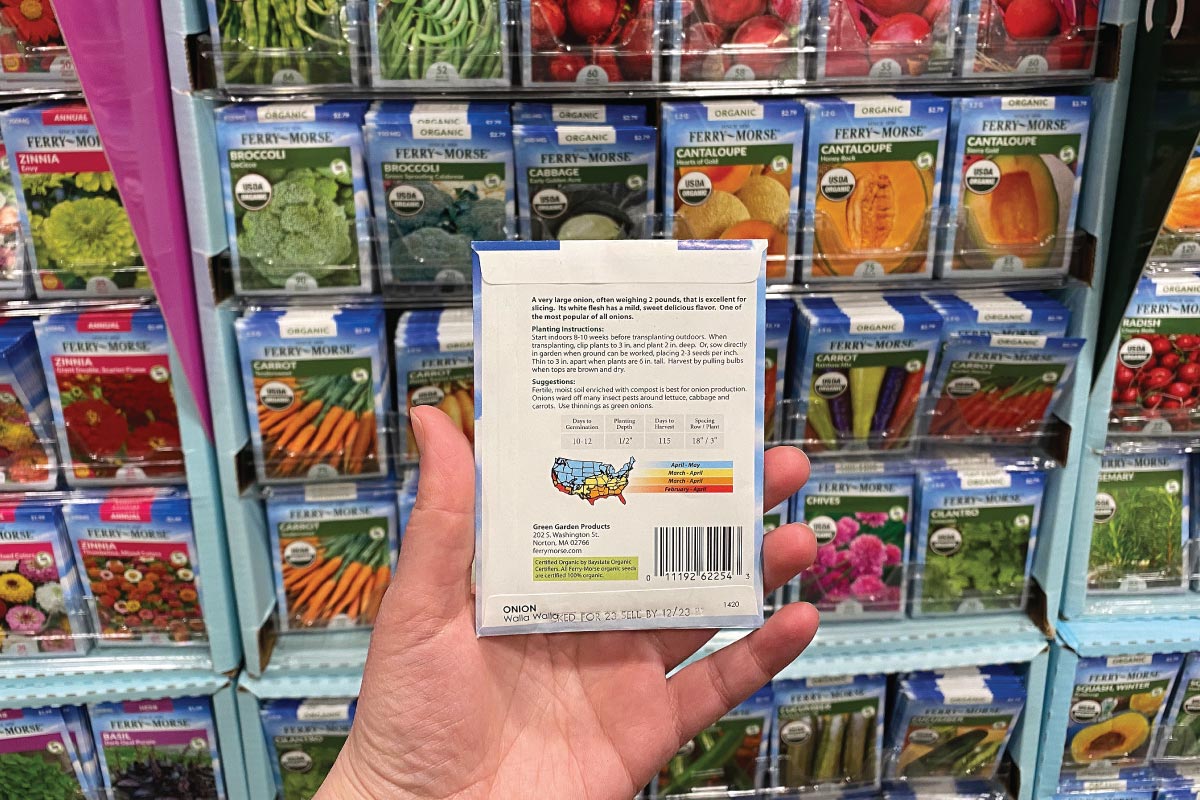For culinary enthusiasts and salsa lovers alike, there’s nothing quite like the taste of fresh, homemade salsa. Imagine crafting that perfect salsa blend from ingredients handpicked from your backyard! A salsa garden brings this dream to life, providing the freshest and most organic ingredients for your spicy creations. Dive in and discover how to grow a salsa garden of your very own.
How to Grow a Salsa Garden
1. Optimize the Garden’s Environment
- Sunlight: Vegetables and herbs destined for salsa predominantly flourish in full sunlight. Select a spot where your plants can soak up 6-8 hours or more of sunlight each day.
- Soil: Loamy, well-draining soil enriched with organic compost or aged manure promotes healthy growth. Prior to planting, integrate compost into the soil to enhance its fertility.
- Space: A successful salsa garden needs adequate space between plants for sunlight penetration and airflow, minimizing disease risk.
2. Diversify Your Salsa Ingredients
- Tomatoes: Varieties like Roma or San Marzano are preferred due to their meaty texture and fewer seeds. If you’re feeling adventurous, cherry tomatoes can add a burst of sweetness.
- Peppers: Grow a spectrum. Jalapeños offer medium heat, serranos bring a stronger kick, bell peppers add sweetness, and if you’re brave, venture into habaneros or ghost peppers.
- Onions: Both red and white varieties are excellent, but for a sharper bite, consider growing green onions as well.
- Cilantro: Undeniably the soul of salsa for many.
- Garlic: A flavor powerhouse, consider different varieties for subtle flavor differences.
- Optional additions: Tomatillos, a base for green salsa; chives, for a milder onion flavor; and oregano, to add depth.
3. Master the Planting Techniques
- Tomatoes and Peppers: Starting with seedlings accelerates your harvest time. Employ tomato cages or stakes early on, even if the plants seem small. This preemptive action ensures robust support as they grow.
- Onions and Garlic: Plant these in cool weather. Onion sets or garlic cloves should be placed 2 inches deep, with ample space between each to allow bulb expansion.
- Cilantro: Directly sow cilantro seeds into the garden bed. Remember, cilantro can bolt (flower) quickly in hot weather, so regular seeding ensures a steady supply.
4. Cultivate with Care
- Watering: Drip irrigation or soaker hoses are ideal as they deliver water directly to the plant roots and minimize leaf moisture, reducing disease occurrence.
- Fertilizing: While a balanced fertilizer is key, consider also adding organic seaweed extract or fish emulsion for micronutrients.
- Mulching: Straw or organic mulch aids in moisture retention, weed control, and soil temperature regulation.
- Pest control: Companion planting, like planting marigolds near tomatoes, can deter pests. Natural predators like ladybugs can also be beneficial.
5. Harvest with Precision
- Tomatoes: For maximum flavor, let tomatoes ripen on the vine until they achieve their full color.
- Peppers: Their heat and sweetness vary with maturity. Harvesting them at different stages can offer a diversity of flavors.
- Onions and Garlic: Cure them after harvesting by letting them dry in a well-ventilated area. This process enhances their storage life.
- Cilantro: While harvesting, avoid uprooting the entire plant. Take what you need, and it will continue to produce.
6. Crafting Your Masterpiece
The joy of a salsa garden culminates in the kitchen. Start with a fundamental recipe and then experiment! Roasting tomatoes and peppers can add a smoky depth. A splash of lime can bring tanginess. And if you’re in the mood for a fruity twist, add some freshly diced mango or pineapple.
Conclusion
A salsa garden represents more than just food; it’s a passionate journey from the nurturing soil to the spicy, flavorful bowl on your table. Every step, from planting to tasting, brings joy and satisfaction. Embrace this delightful horticultural adventure and transform your culinary experiences.




